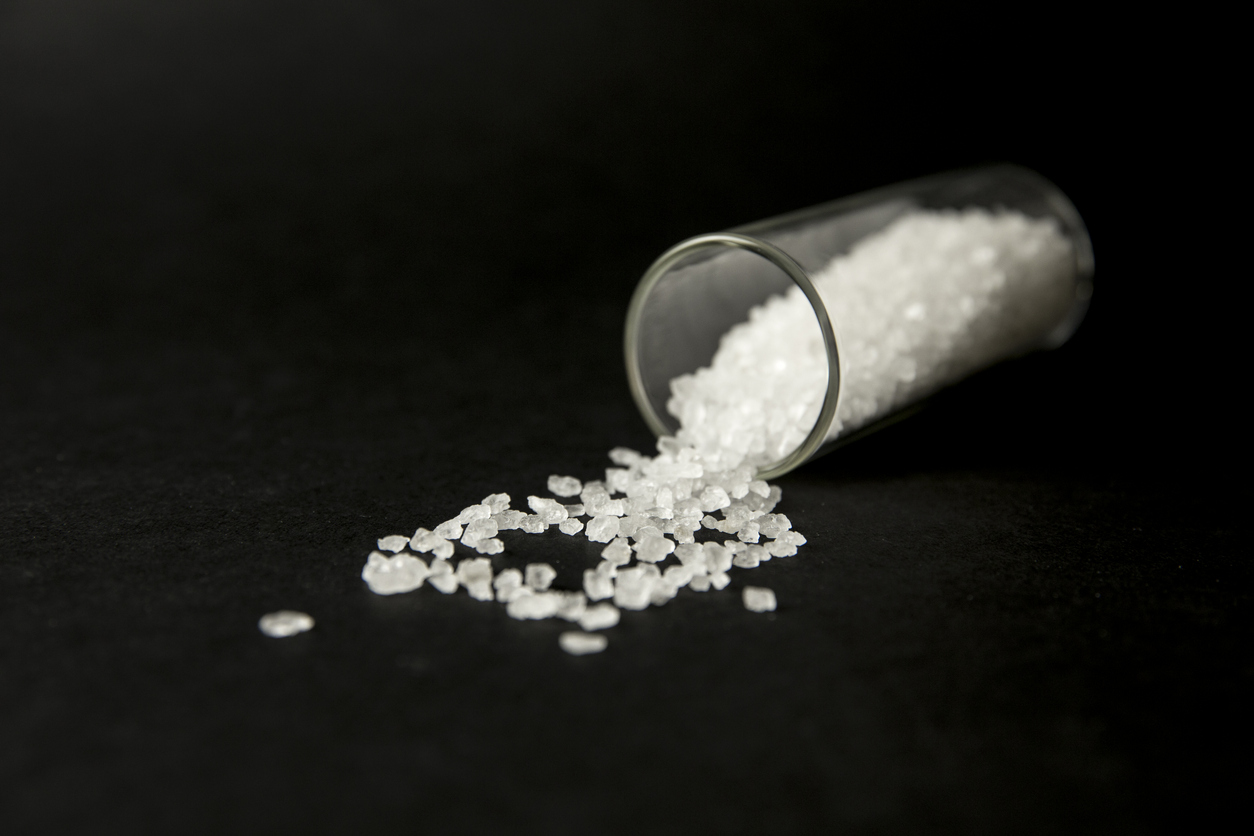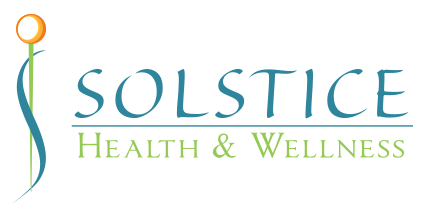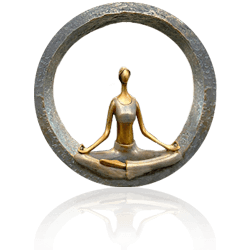Synthetic Cathinones
What Are Synthetic Cathinones?
In Name Only
Synthetic cathinone products marketed as bath salts should not be confused with products such as Epsom salt that people use during bathing. These bathing products have no mind-altering ingredients.
They usually take the form of a white or brown crystal-like powder and are sold in small plastic or foil packages labeled “not for human consumption.” They can be labeled as bath salts, plant food, jewelry cleaner, or phone screen cleaner.
Bath Salts are part of a group of drugs that concern public health officials called new psychoactive substances (NPS). NPS are unregulated psychoactive mind-altering substances with no legitimate medical use and are made to copy the effects of controlled substances. They are introduced and reintroduced into the market in quick succession to dodge or hinder law enforcement efforts to address their manufacture and sale.
Bath Salts are marketed as cheap substitutes for other stimulants such as amphetamines and cocaine. Products sold as Molly often contain Bath Salts instead of MDMA (see Synthetic Cathinones and Molly (Ecstasy).
How Do People Use Synthetic Cathinones?
People typically swallow, snort, smoke, or inject synthetic cathinones.
How Do Synthetic Cathinones Affect the Brain?
Much is still unknown about how bath salts affect the human brain. Researchers do know that they are chemically similar to drugs like amphetamines, cocaine, and MDMA.
A study found that 3,4-methylenedioxypyrovalerone (MDPV), a common synthetic cathinone, affects the brain in a manner similar to cocaine, but is at least 10 times more powerful. MDPV is the most common synthetic cathinone found in the blood and urine of patients admitted to emergency departments after taking bath salts.
Health effects include:
- paranoia—extreme and unreasonable distrust of others
- hallucinations—experiencing sensations and images that seem real but are not
- increased friendliness
- increased sex drive
- panic attacks
- excited delirium—extreme agitation and violent behavior
What Are Other Health Effects of Synthetic Cathinones?
Raised heart rate, blood pressure, and chest pain are some other health effects of synthetic cathinones. People who experience delirium often suffer from dehydration, breakdown of skeletal muscle tissue, and kidney failure. The worst outcomes are associated with snorting or needle injection. Intoxication from bath salts has resulted in death.
Are Synthetic Cathinones Addictive?
Yes, they can be addictive. Animal studies show that rats will compulsively self-administer synthetic cathinones. Human users have reported that the drugs trigger intense, uncontrollable urges to use the drug again. Taking synthetic cathinones can cause strong withdrawal symptoms that include:
- depression
- anxiety
- tremors
- problems sleeping
- paranoia
How Can People Get Treatment for Addiction to Synthetic Cathinones?
Behavioral therapy can be used to treat addiction. Examples include:
- cognitive-behavioral therapy
- contingency management, or motivational incentives—providing rewards to patients who remain substance free
- motivational enhancement therapy
- behavioral treatments geared to teens
As with all addictions, health care providers should screen for co-occurring mental health conditions. While there are no FDA-approved medicines to treat this type of addiction, there are medicines available for common co-occurring conditions.
Points to Remember
- Synthetic cathinones, more commonly known as Bath Salts, are drugs that contain one or more human-made chemicals related to a stimulant found in the khat plant.
- Bath Salts are marketed as cheap substitutes for other stimulants such as methamphetamine and cocaine. Products sold as Molly (MDMA) can contain Bath Salts instead.
- People typically swallow, snort, smoke, or inject Bath Salts.
- Much is still unknown about how these chemicals affect the human brain.
- Bath Salts can cause paranoia, increased sociability, increased sex drive, hallucinations, and panic attacks.
- Intoxication from Bath Salts has resulted in death.
- Bath Salts can be addictive.
- Behavioral therapy may be used to treat addiction to Bath Salts.
- No medications are currently available to treat addiction to Bath Salts.
Source: National Institute on Drug Abuse; National Institutes of Health; U.S. Department of Health and Human Services.
NIDA. 2020, July 6. Synthetic Cathinones (“Bath Salts”) DrugFacts. Retrieved from https://nida.nih.gov/publications/drugfacts/synthetic-cathinones-bath-salts on 2022, December 4

Synthetic Cathinones and Molly (Ecstasy)
Usually purchased in capsules, Molly has become more popular in the past few years. Some people use Molly to avoid additives such as caffeine, methamphetamine, and other harmful drugs commonly found in MDMA pills sold as Ecstasy. But those who take what they think is pure Molly may be exposing themselves to the same risks.
Law enforcement sources have reported that Molly capsules contain harmful substances including synthetic cathinones. For example, hundreds of Molly capsules tested in two South Florida crime labs in 2012 contained methylone, a dangerous synthetic cathinone.
Struggling with a Synthetic Cathinone Addiction?
If you or a loved one is struggling with a Synthetic Cathinone Addiction, call Solstice Health & Wellness to schedule an appointment, or to learn more about addiction recovery services, contact us.
*Please do not submit any Protected Health Information (PHI).

